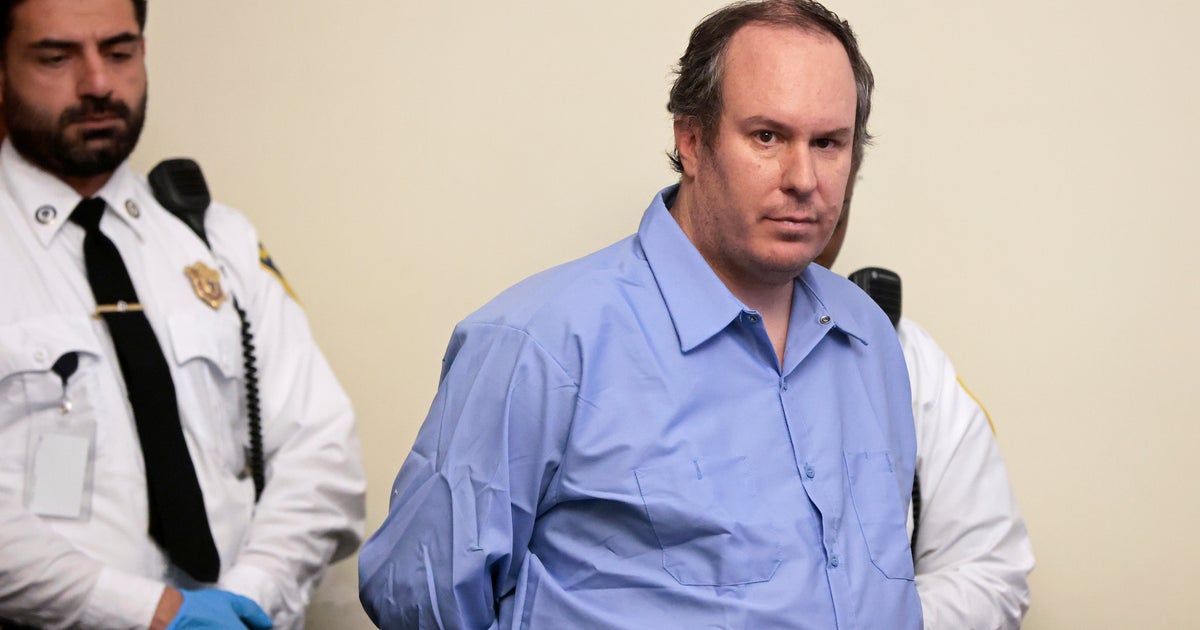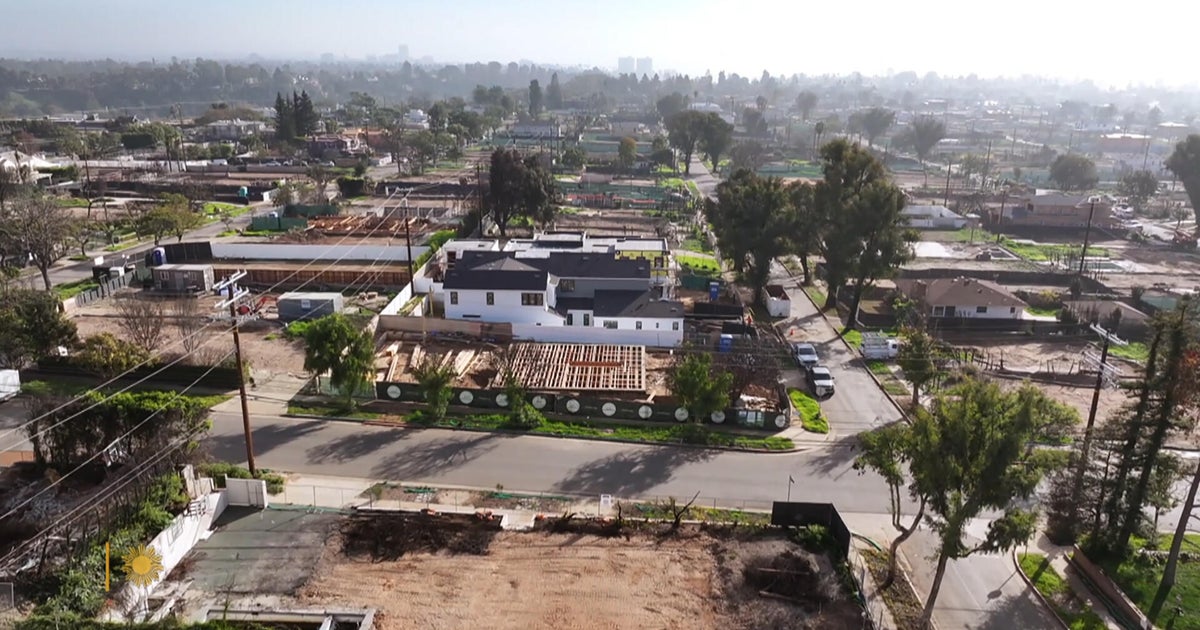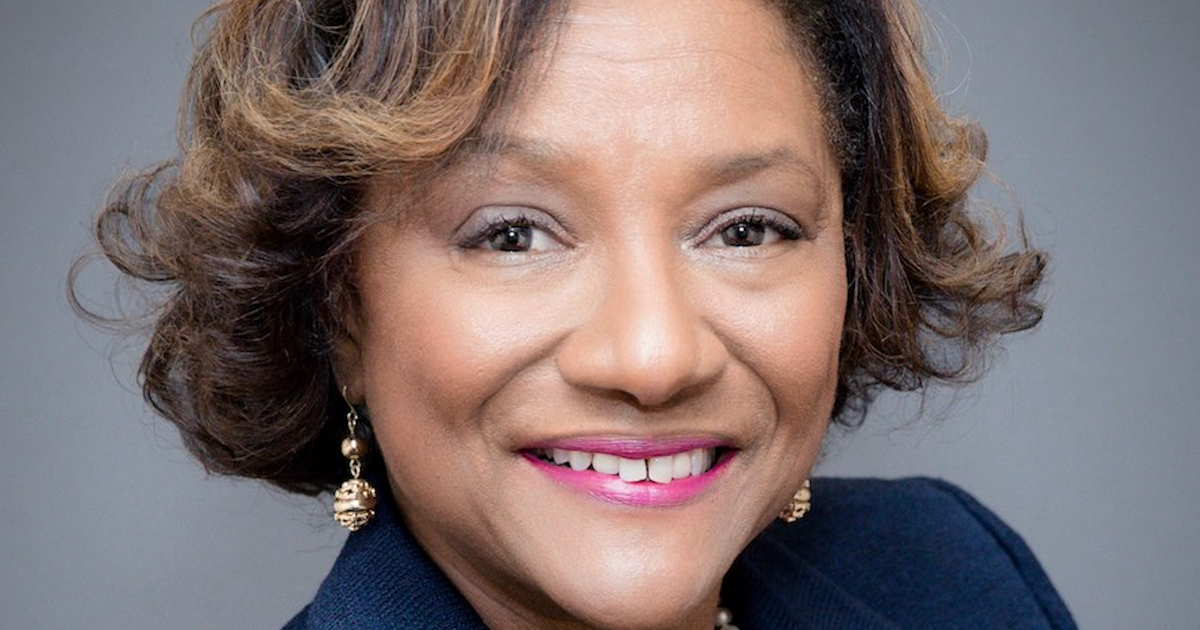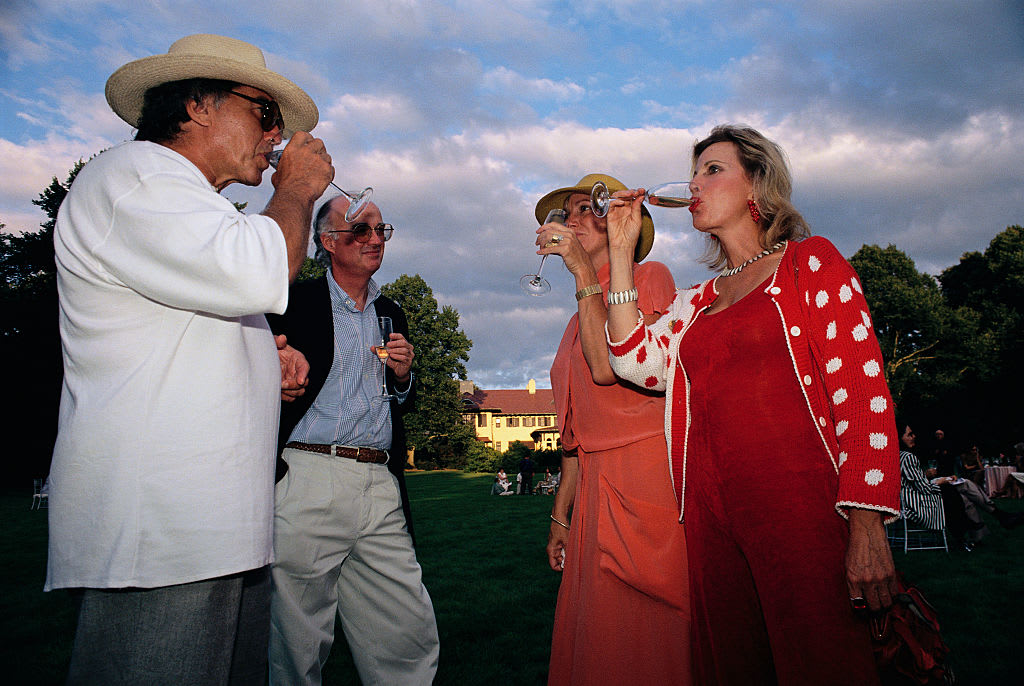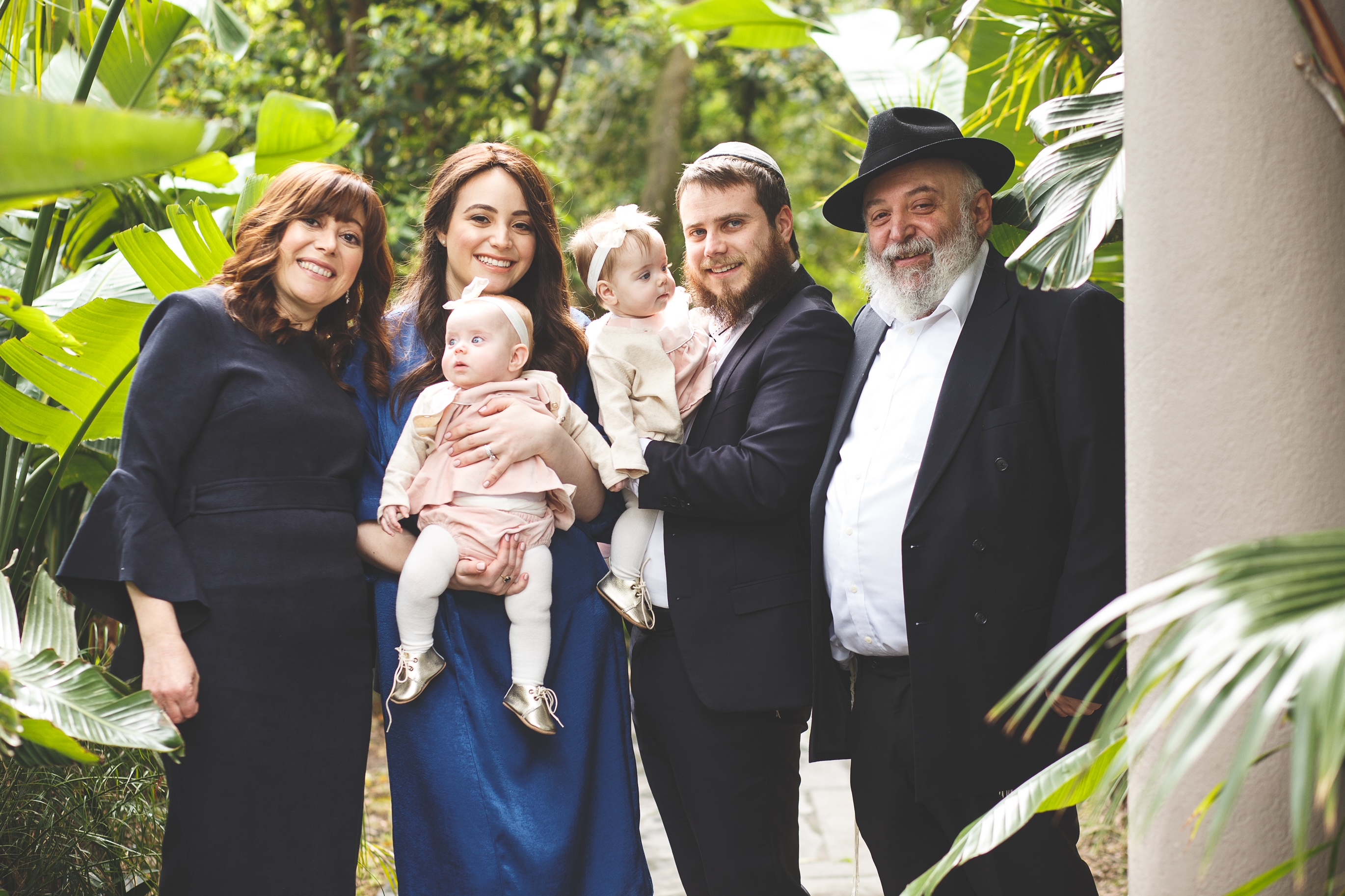The harsh reality of art collecting — and forgery: "I never thought that people could be so rude and skeptical"
Consider this: There are experts who say half the art sold at auction is fake. And it turns out proving otherwise is no easy task.
As she explored the harsh reality of art collecting — and forgery — correspondent Erin Moriarty spoke with a woman struggling to prove the authenticity of a collection of drawings and doodles she bought in early 2017.
When Tracey Finch came across the collection in Cape Cod, Massachusetts, the primitive figures and vibrant colors brought one artist to mind.
"It might be Jean-Michel Basquiat," she said.
Initially known for his provocative graffiti under the name SAMO, Basquiat became a celebrated artist in the early 1980s after major New York galleries began showing his work, and other artists, like Andy Warhol, collaborated with him. In 1988, when Basquiat was 27, he died of a drug overdose.
Finch, who was an art history major in college, bought more than 100 drawings — some no more than scraps of paper. She believes they are Basquiat's early works, but she won't say exactly how much she paid for them.
"Thousands. And that's all I'll say," Finch said.
It's every art lover's fantasy to uncover a lost masterpiece, like the nurse in New York who last year discovered that a painting on her wall was, in fact, the work of Jacob Lawrence, a prominent American artist. But what headlines on stories like these often fail to mention is just how difficult it can be to prove a find isn't a fake.
"I never thought that people could be so rude and skeptical, constantly," Finch said. "Even friends who said, 'You couldn't possibly have real work. That's impossible.'"
What Finch has encountered is par for the course in today's art world. It is a largely unregulated business where it's possible that even the savviest art collector can end up with phony art.
Sharon Flescher, who runs the International Foundation for Art Research, known as IFAR, said she jokes that "the best fakes are still hanging on people's walls."
"Because the history of the art world is such that a lot of transactions traditionally were done with handshakes," she said. "It's accepted in the art world. It's not necessarily right or wrong. But with increasing prices of artworks, it allows a lot of room for hanky panky."
In October 2021, for instance, a longtime New York gallery owner pleaded guilty to selling fake antiquities and getting away with it for three decades.
"The minute you have things of great value — it could be art, it can be antiques, rare comic books, coins, baseball cards, any collectibles — there are going to be forgeries because there is money to be made," art authenticator Richard Polsky said.
Polsky, one of only a handful of experts willing to examine a painting to determine if it's genuine or not, there's a lot of money to be made when it comes to Basquiat. In 2017, a single painting went for $110 million.
"Authentication is based on two things: what does the object look like and what is its backstory?" he said. "You read. You look at books. You go to exhibitions. You go to museum shows. Whatever it takes. It's like people learning about great wines. You've got to drink a lot. Well, with art, you've got to look a lot."
But with so much money at stake, some art collectors aren't always willing to accept his conclusions.
"People are very passionate about the art they own and if you say, 'Look, I'm really sorry, but here's the evidence: It's not,'" he said. "They get very upset. And they will come after you."
With expensive litigation, Polsky said, or something even worse.
"I did have my life threatened once," he said.
That is why even the estates of many well-known artists — Keith Haring, Warhol and Basquiat — will no longer authenticate their own artists' work. And that's a problem, even for those in the art world.
In June, the FBI raided the Orlando Museum of Art and confiscated pieces of a Basquiat exhibit after an investigation raised questions about their authenticity. But Tracy Finch, who is convinced her collection is genuine, engaged numerous experts to help prove it.
"I have ink dating, handwriting. I now have two art scholars," she said.
Finch said these specialists told her that the ink used was available in 1980 and that the signature seen on some pieces appears genuine. But Richard Polsky, who has not personally examined Finch's collection, said she will also have to establish provenance or how these pieces went from Basquiat's hand to hers.
"Does the backstory make any sense?" he said. "We've had people come to us and say, 'I was one of Basquiat's girlfriends. He gave me this as a gift.' I was able to verify that in several instances."
And that may be Tracey Finch's greatest challenge. She says she bought these works from an artist by the name of Kevin Doyle, who says he became acquainted with Basquiat in 1980. But Finch said she doesn't have any picture of Boyle and Basquiat together or notes from Basquiat showing that the two knew each other.
"I never really asked for proof. But I believe him," she said.
Doyle told us the same story that Basquiat gave him the work, but there's still plenty of skeptics.
"There's so many people in the art world that don't believe him," Finch said. "They don't believe the story. But there are people who do believe it because they look at the artwork and see what I saw."
Finch now concedes she may never know for sure if this is the work of a budding Basquiat or a skilled forger. Earlier this summer, Finch says she found a buyer willing to buy half her collection — not for the millions she hoped for, but enough to cover her expenses.
And despite it all, she can't quite shake the hope that she's just a thrift shop away from finding a lost masterpiece.

